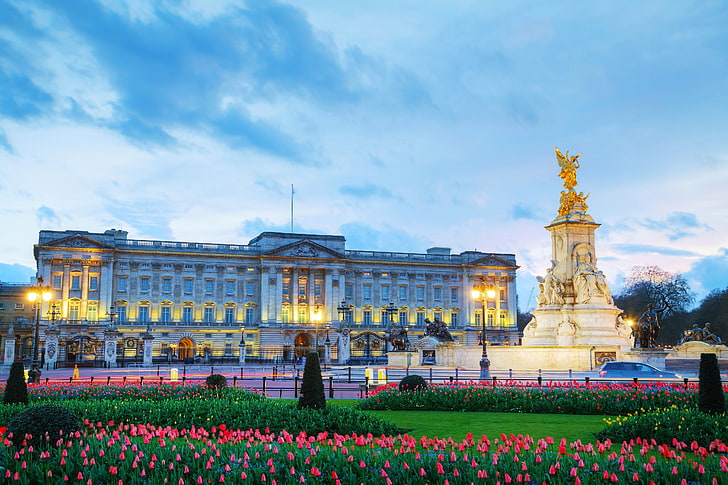The Challenges of Royal Estate Management: Buckingham Palace, Sandringham, and the Debate Over Upkeep Costs and Renovations

Maintaining the royal estates has always been a complex and costly affair, but recent controversies surrounding the upkeep of iconic properties like Buckingham Palace and Sandringham have brought the issue into the spotlight. As the British royal family faces increasing scrutiny over its finances and responsibilities, the management of these historical properties has become a contentious subject, with concerns over escalating costs and the transparency of funding.
Buckingham Palace, the official residence of the monarch in London, has been at the heart of these debates. The palace, a sprawling 775-room estate with centuries of history, requires constant maintenance to preserve its historical integrity and ensure it remains functional as a working royal residence. Recent reports have highlighted that Buckingham Palace’s renovation project, known as the "Reservicing Programme," is expected to cost taxpayers hundreds of millions of pounds. The program aims to modernize the palace’s infrastructure, including electrical systems, plumbing, and fire safety measures, while preserving its historical elements. Critics, however, argue that such a hefty price tag, particularly during times of financial uncertainty, may not be justifiable, especially given the monarchy's large public funding.
The controversy over Buckingham Palace's maintenance costs has sparked renewed discussions about the royal family's finances. Critics claim that the Sovereign Grant, which funds the royal family’s activities, should be more transparent and accountable, especially when taxpayers are footing the bill for such significant expenses. While the palace has been in need of urgent repairs, the overall costs of these projects are under intense public scrutiny, with calls for more careful management and consideration of public opinion.
Meanwhile, Sandringham, the private estate owned by the royal family, has also faced its own set of challenges. The estate, located in Norfolk, is traditionally associated with the royal family's Christmas celebrations. However, like Buckingham Palace, it is an aging property that requires significant upkeep. Recent reports have raised concerns about the cost of maintaining Sandringham, especially as King Charles has become more focused on reducing royal expenditures. In particular, there has been tension over the ongoing repairs needed for the Royal Lodge, a 30-room home that Prince Andrew has occupied for many years. As the estate falls into disrepair, questions have been raised about whether it is financially responsible for the royal family to continue investing in such large properties.
Prince Andrew, who has had to bear much of the financial burden of maintaining the Royal Lodge, has been criticized for the estate’s deteriorating condition. At the same time, King Charles has reportedly expressed frustration with Andrew’s reluctance to move from the Royal Lodge, which has only added fuel to the debate over the management of royal estates. The cost of keeping these historic properties in good condition is considerable, and the royal family’s finances are increasingly under pressure to balance the upkeep of these estates with the public’s expectations of accountability.
These ongoing issues have sparked a wider conversation about the future of royal estate management. With the increasing costs of maintaining large, aging properties and the royal family's focus on transparency, there are growing calls for a more sustainable approach to estate management. Should the royal family continue to bear the costs of preserving these palaces, or is it time to explore more cost-effective ways to maintain them? Some have suggested that the monarchy may need to consider downsizing or diversifying the use of certain estates to ensure their financial viability.
The management of the royal estates has always been a balancing act between historical preservation, public expectations, and the realities of modern finances. The controversies over Buckingham Palace and Sandringham highlight the challenges of managing such significant properties in a time of financial uncertainty. As the royal family navigates these challenges, it will likely face continued pressure to justify its spending and ensure that the upkeep of these iconic estates remains in line with both public interest and financial practicality.
Looking ahead, the royal family may need to rethink its approach to estate management, balancing the preservation of historical heritage with the practicalities of modern financial constraints. The future of Buckingham Palace, Sandringham, and other royal properties will be shaped by these ongoing debates, with public opinion playing an increasingly influential role in determining how the royal family manages its vast estate portfolio.
